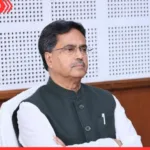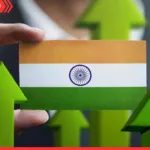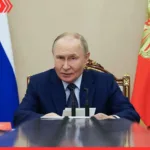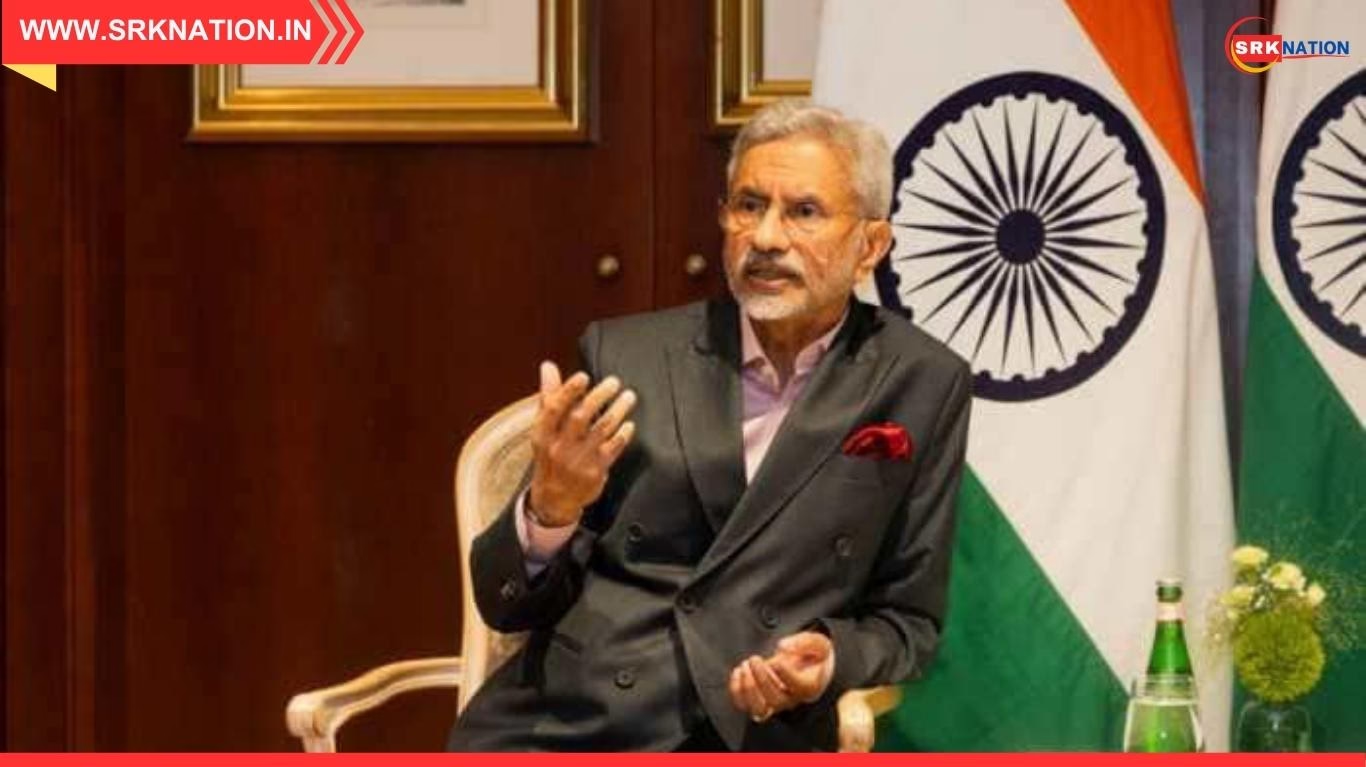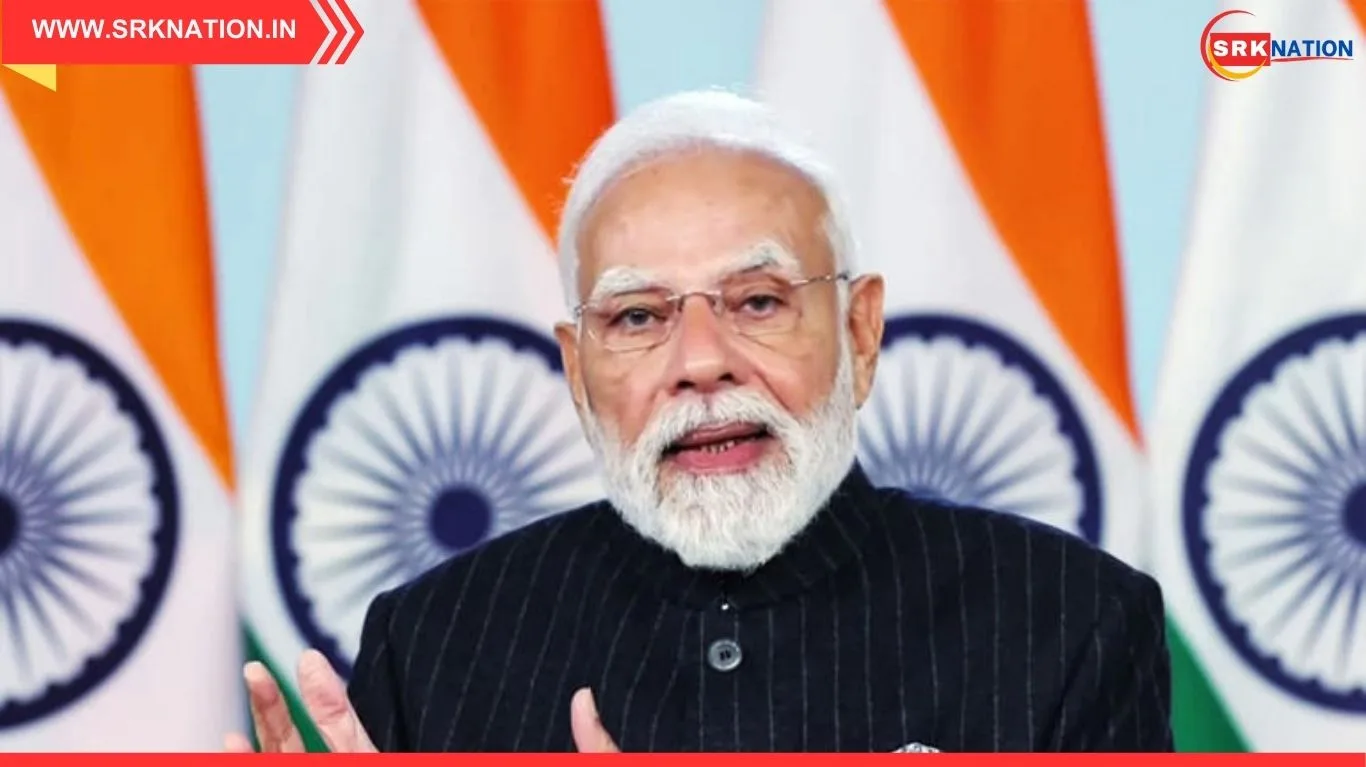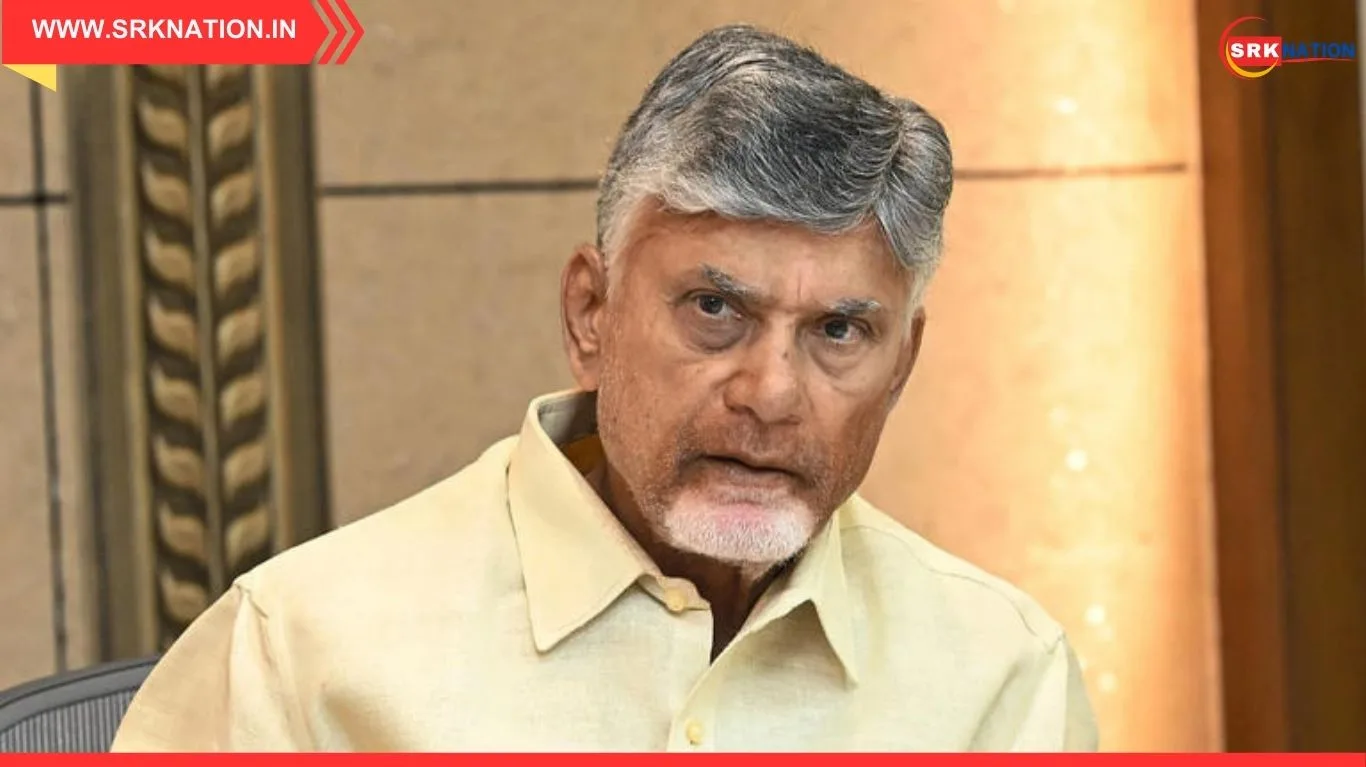External Affairs Minister Dr. S. Jaishankar has issued a strong warning about the disruptive impact of global tariff volatility on international trade, calling it one of the most pressing challenges in the current geopolitical landscape. Speaking at the inaugural Aravali Summit hosted by Jawaharlal Nehru University’s School of International Studies on October 7, 2025, Jaishankar emphasized that trade calculations are being overturned as nations reassess their economic dependencies and supply chain vulnerabilities.
Tariff Volatility: A New Economic Shockwave
Jaishankar’s remarks come in the wake of recent tariff escalations by the United States, including a 50% duty on Indian goods and an additional 25% levy linked to India’s purchase of Russian crude oil. These moves have triggered a ripple effect across global markets, forcing countries to rethink their trade strategies and economic alignments.
“There is rising anti-globalisation sentiment in many societies. Trade calculations are being overturned by tariff volatility,” Jaishankar stated, underscoring the strategic consequences of these shifts.
Geopolitical Shifts and Manufacturing Concentration
The minister highlighted that nearly one-third of global manufacturing has now moved to a single geography—an apparent reference to China. This concentration has created bottlenecks in supply chains and exposed vulnerabilities in global trade systems.
Global Manufacturing Distribution (2025)
| Region | Share of Global Manufacturing | Strategic Implications |
|---|---|---|
| China | ~33% | Supply chain dominance, geopolitical leverage |
| USA | ~18% | Tariff-driven trade recalibration |
| EU | ~15% | Regulatory fragmentation |
| India | ~7% | Emerging alternative hub |
| Others | ~27% | Diversification opportunities |
Trade Disruption and Strategic Realignment
Jaishankar noted that the world is witnessing a shift from cooperative trade frameworks to competitive economic blocs. “Global rules and regimes are being revisited and at times, even discarded. Cost is no longer the defining criteria for economic transactions; ownership and security are equally so,” he said .
Key Drivers of Trade Volatility
| Factor | Impact on Global Trade |
|---|---|
| Tariff Escalations | Increased cost of imports and exports |
| Energy Realignments | Fossil fuel vs renewable dominance |
| Tech Penetration | Sovereignty concerns and data localization |
| Sanctions and Asset Seizures | Financial unpredictability and compliance risks |
| Rare Earth Competition | Strategic resource hoarding |
India’s Strategic Response
India is recalibrating its trade and diplomatic strategies to navigate this volatile environment. Jaishankar emphasized the need for supply chain diversification, economic resilience, and technology sovereignty. He also hinted at deeper engagement with ASEAN, Africa, and Latin America to build alternative trade corridors.
India’s Trade Strategy Pillars (2025–2030)
| Pillar | Objective | Implementation Status |
|---|---|---|
| Supply Chain Diversification | Reduce dependency on single-source imports | Active |
| Bilateral Trade Agreements | Expand market access and tariff stability | Ongoing |
| Digital Trade Infrastructure | Enhance cross-border e-commerce and fintech | Accelerating |
| Strategic Resource Mapping | Secure rare earths and critical minerals | Initiated |
Global Energy and Tech Competition
Jaishankar also addressed the evolving energy landscape, noting that the US has become a major fossil fuel exporter while China leads in renewables. He warned of competing models in AI and data governance, which are reshaping global power equations.
“Big Tech has become a significant player in itself. New routes of connectivity are emerging, some of them with a strategic purpose,” he added.
Disclaimer: This news content is based on public statements, summit addresses, and verified reports as of October 9, 2025. It is intended for editorial use and public awareness. The information does not constitute economic advice or political endorsement and adheres to ethical journalism standards.

